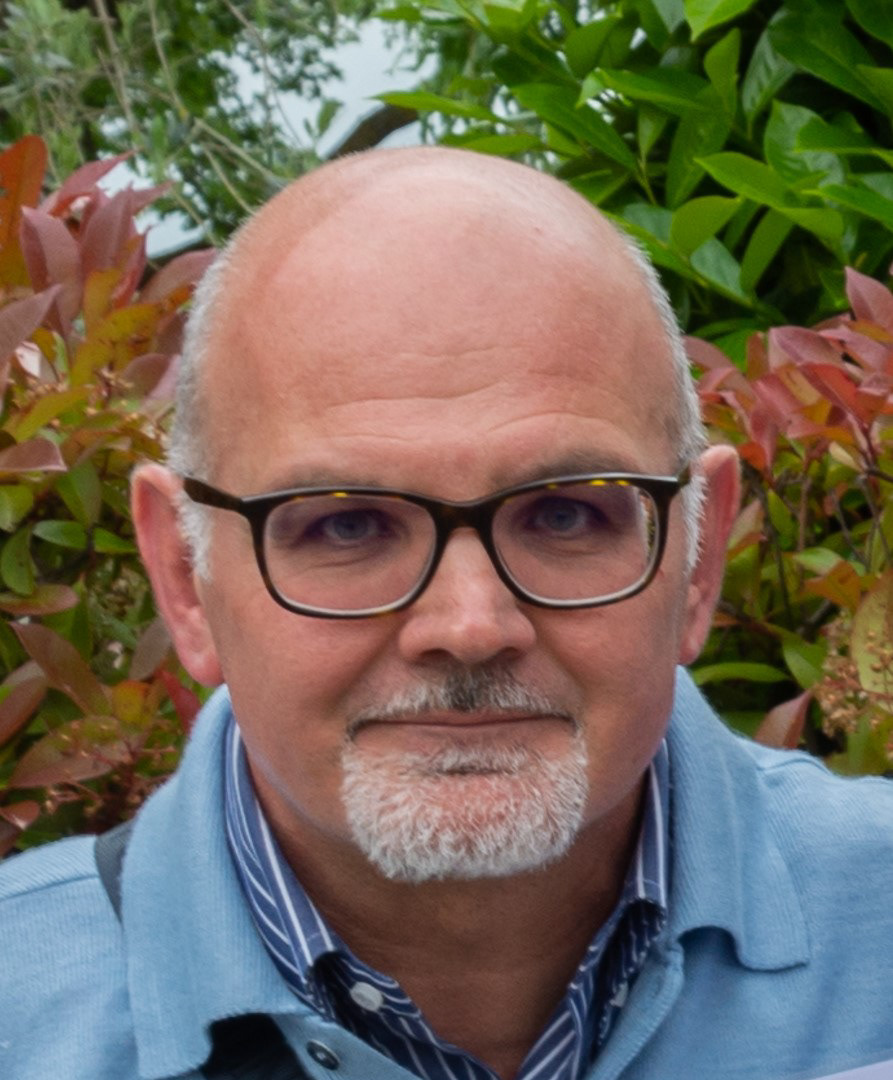Lake Bracciano. View and panorama
2024
Lake Bracciano, originally called Lake Sabatino, is a lake that fills a depression of volcanic and tectonic origin, located in the Roman Tuscia and surrounded by the Sabatini Mountains.
You may also like
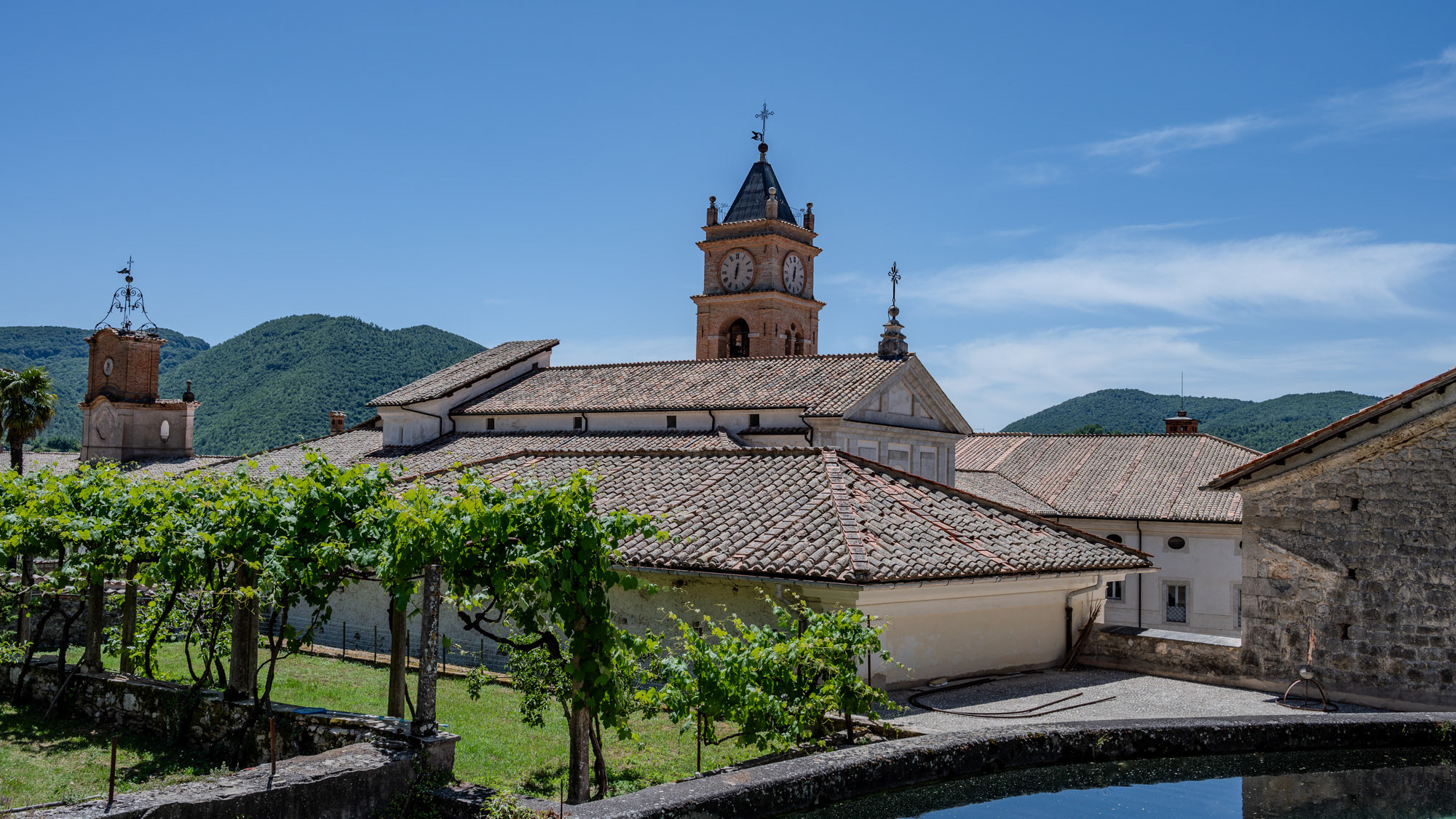
2024
The Charterhouse of Trisulti
Trisulti Charterhouse is a monastery located in the municipality of Collepardo, in the province of Frosinone. It is recognized as a national monument in 1879.
2024
The abbey of Casamari
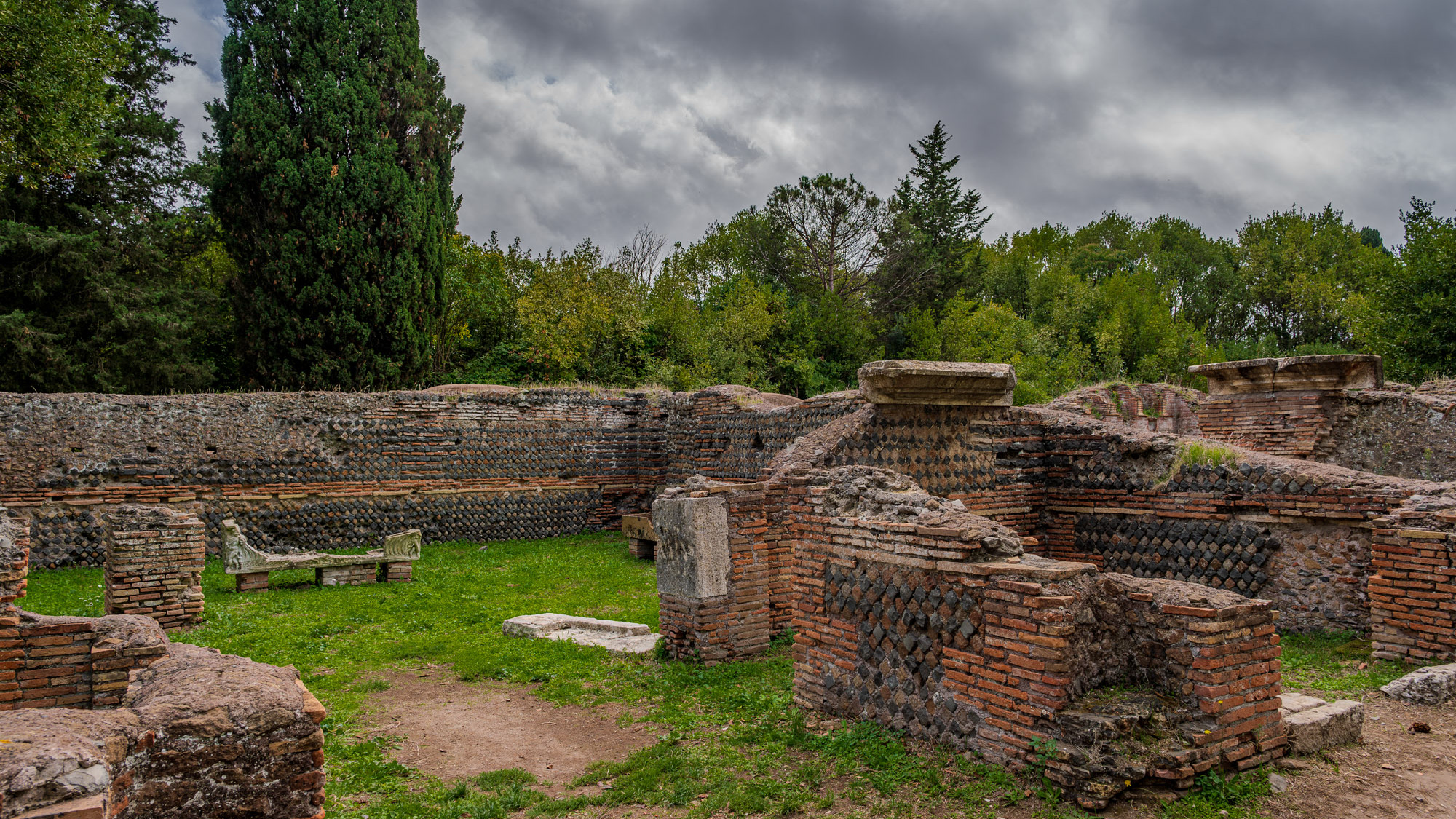
2024
Ostia. Archaeological Park of Ostia Antica
Ostia Antica is historically considered the “Gateway to Rome”: founded at the mouth of the Tiber, it was the first colony of Rome, as early as the 4th century BC.

2025
Isola del Liri. Church of San Lorenzo Martire
The Church of San Lorenzo Martire is the city's main church, located in the historic center on Piazza San Lorenzo. It is Isola del Liri's most important monument.
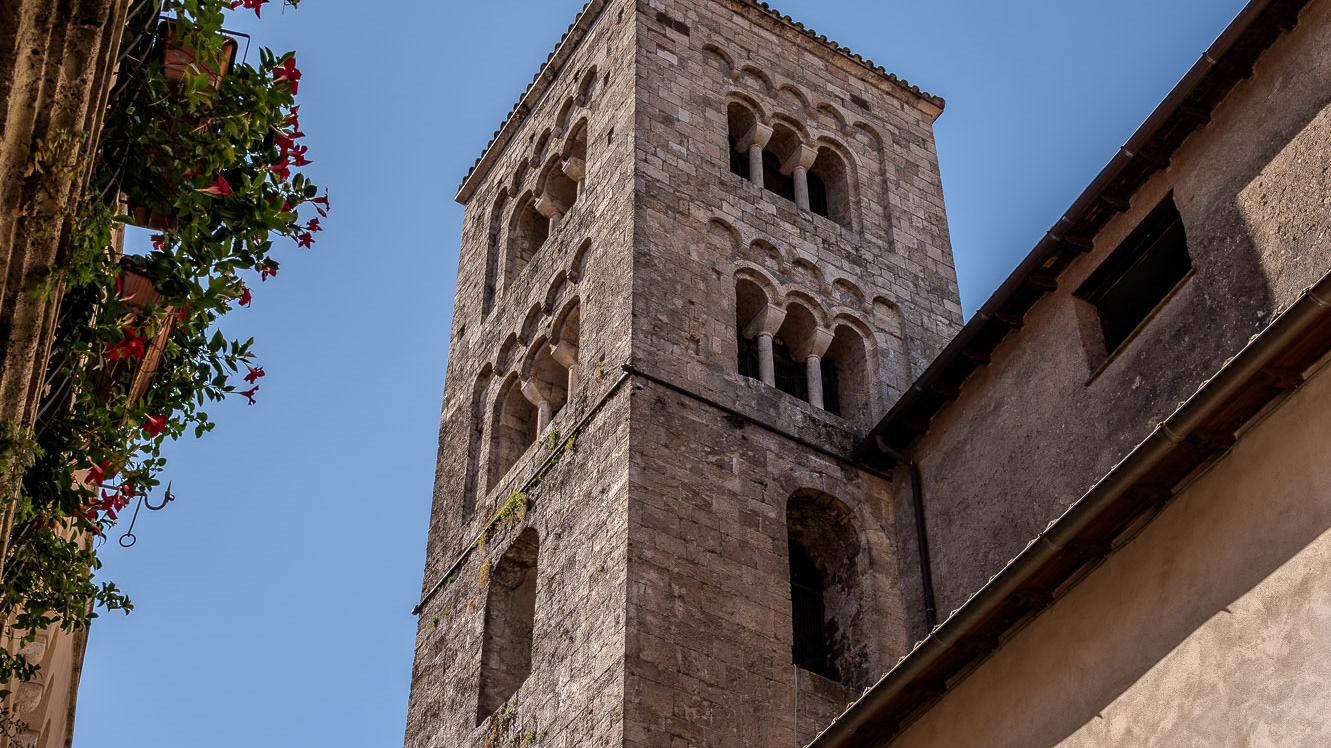
2025
Anagni. Church of St. Andrew
Sant'Andrea is a Roman Catholic church located on Via Vittorio Emanuele in the town of Anagni, in the province of Frosinone, in the Lazio region of Italy. A church on this site has been documented since 1003. Between 1263 and 1276, the church was rebuilt under Bishop Landone Conti in the Gothic style. Some parts of the Romanesque structure remain, including the crypt, once part of the church of San Vito. In the 16th century, Cardinal Benedetto Lomellino renovated the church; another renovation was carried out between 1748 and 1751. The current façade was added in 1761. The interior has a single nave. The altarpieces of the high altar depict Saint Andrew:
Virgin Mary with Saint Andrew and Others by Giorgini
Vocation of Saint Andrew and Martyrdom of Saint Andrew (1894) by Gagliardi.
Triptych of the Savior, with Mary, Andrew and the donor Gregorius Francisci in the central panel, and Saint Magnus and Saint Secondina in the side panels, attributed to the school of Cavallini and Torriti.
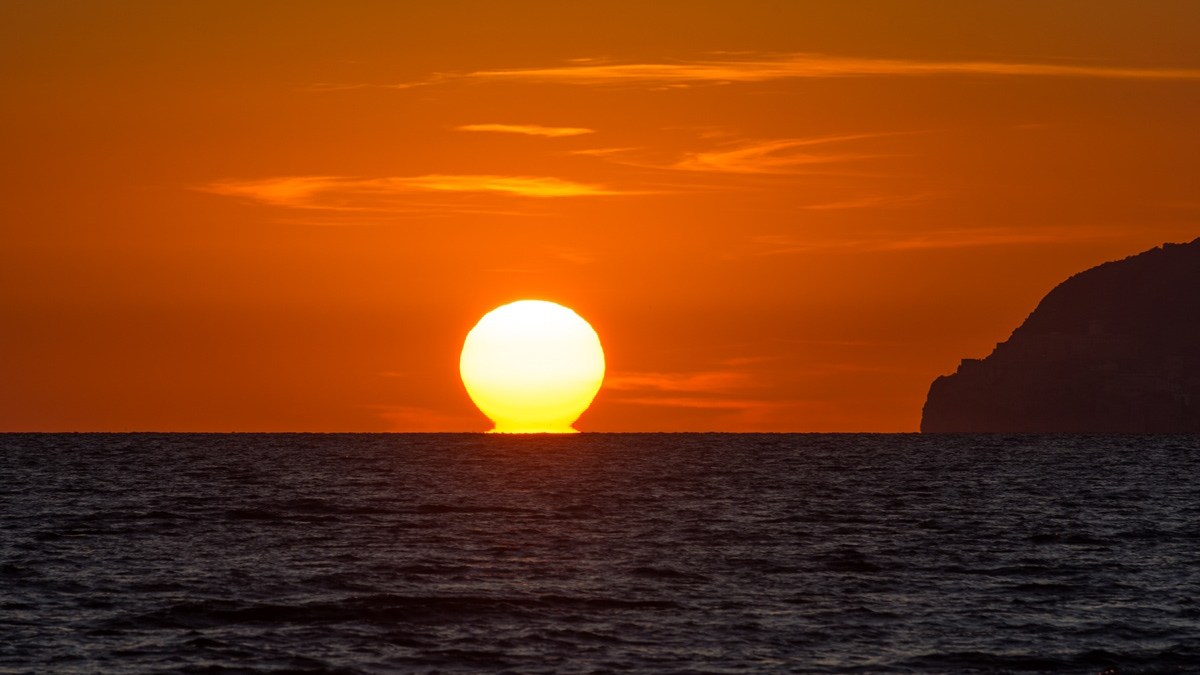
2017
Marina di Minturno (LT) - Sunset
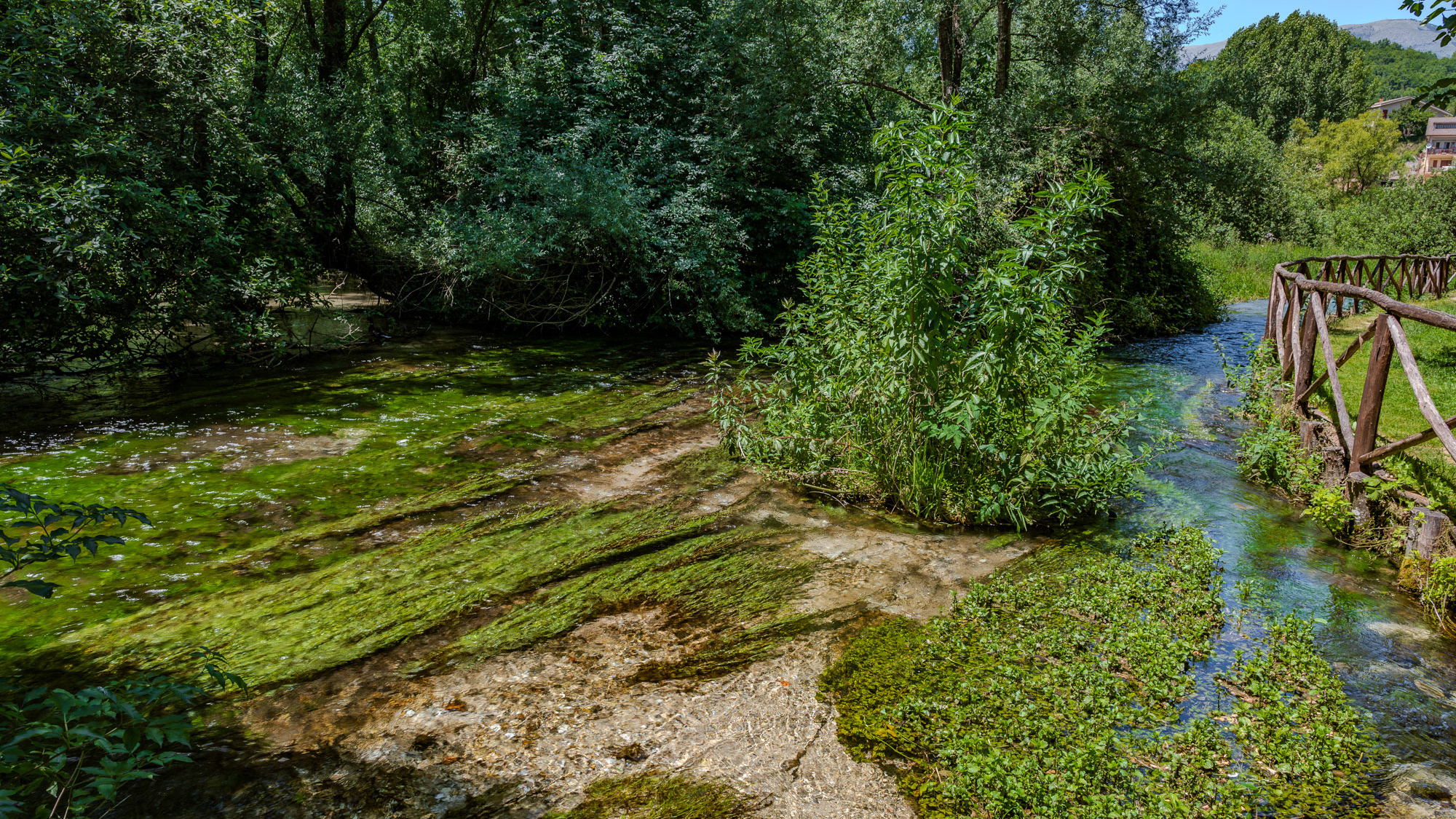
2024
Posta Fibreno lake nature reserve, Frosinone
The Posta Fibreno lake is located in the Comino Valley. In addition to its endemic fauna, the lake is known for the presence of a natural floating island already described by Plinio il Vecchio.
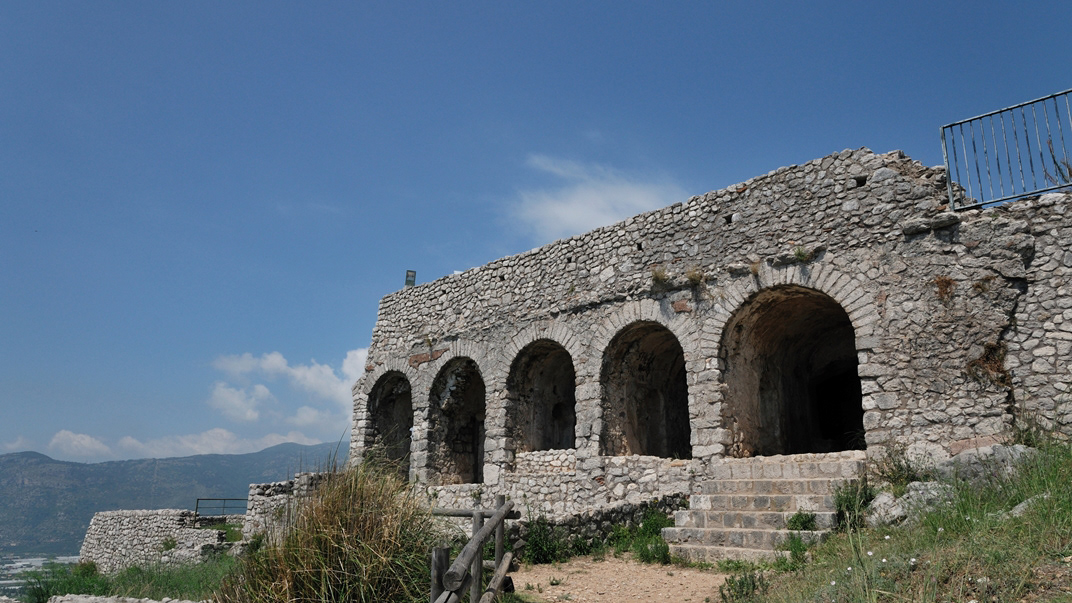
2014
Terracina, Temple of Jupiter Anxur
The temple of Jupiter Anxur is a Roman temple built on an imposing construction of the 1st century BC. on Mount Sant'Angelo, in the city of Terracina, in the province of Latina.
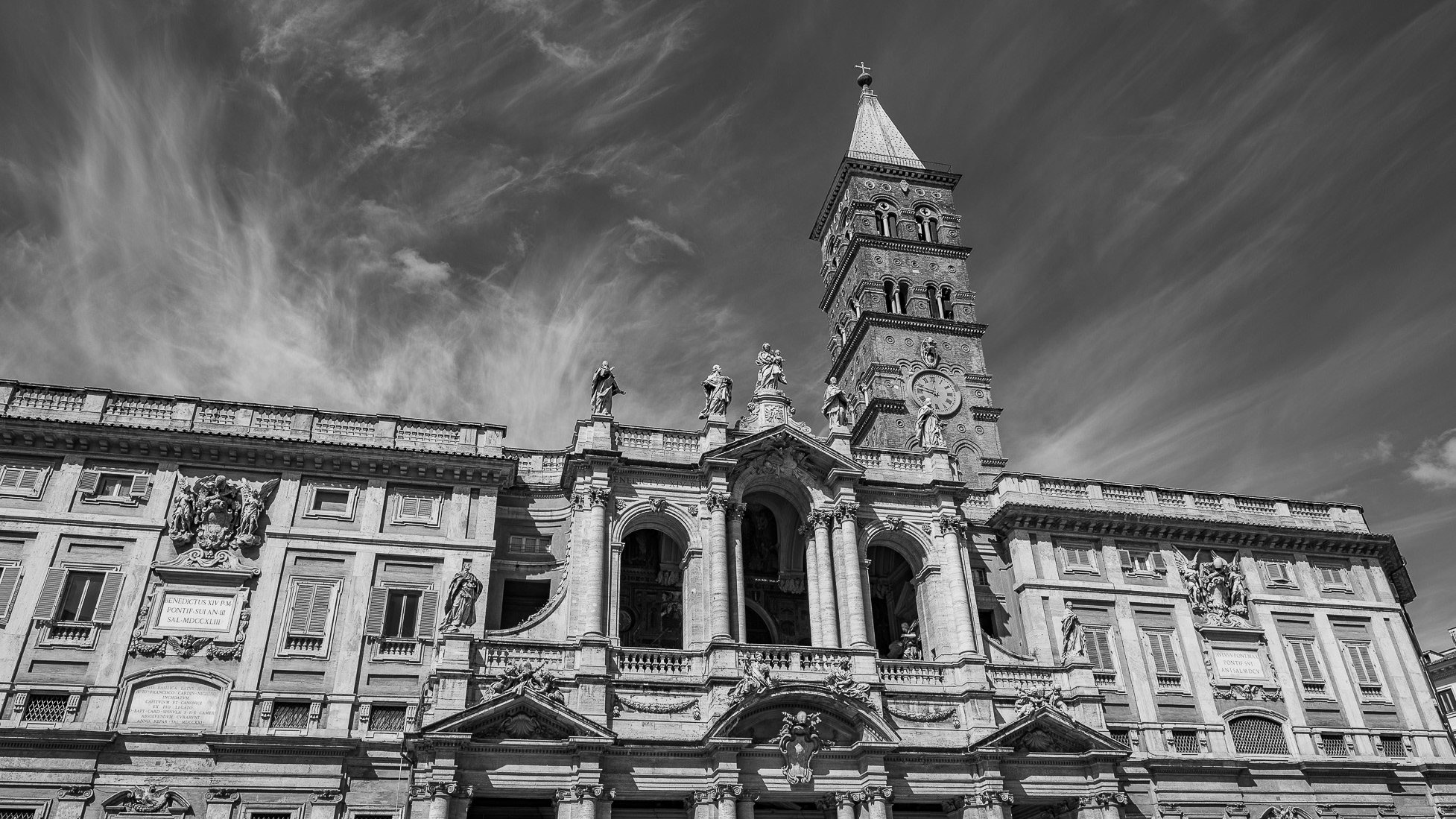
2023
Roma. The Papal Basilica of Santa Maria Maggiore
The papal Liberian archpriest major archbasilica of Santa Maria Maggiore, known simply by the name of basilica of Santa Maria Maggiore or basilica Liberiana (because on its site it was thought there was a cult building erected by Pope Liberius, which however has been denied by investigations carried out under the pavement), is one of the four papal basilicas of Rome, located in Piazza dell'Esquilino on the top of the homonymous hill, on the top of the Cispio, between the Rione Monti and the Esquilino. It is the only basilica in Rome to have preserved the primitive paleo-Christian structure, albeit enriched by subsequent additions.
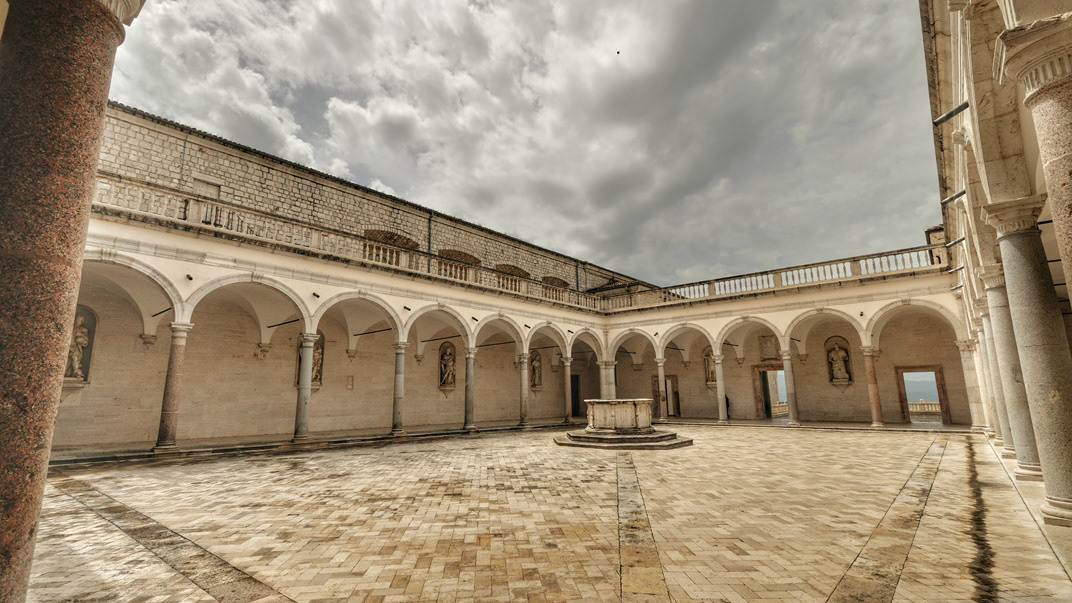
2017
Benedictine Abbey of Montecassino (FR)
The abbey of Montecassino is a Benedictine monastery located on the top of Montecassino, in Lazio. Since December 2014 the site has been managed by the Polo Museale del Lazio. The abbey of Montecassino is the oldest monastery in Italy together with the monastery of Santa Scolastica.
